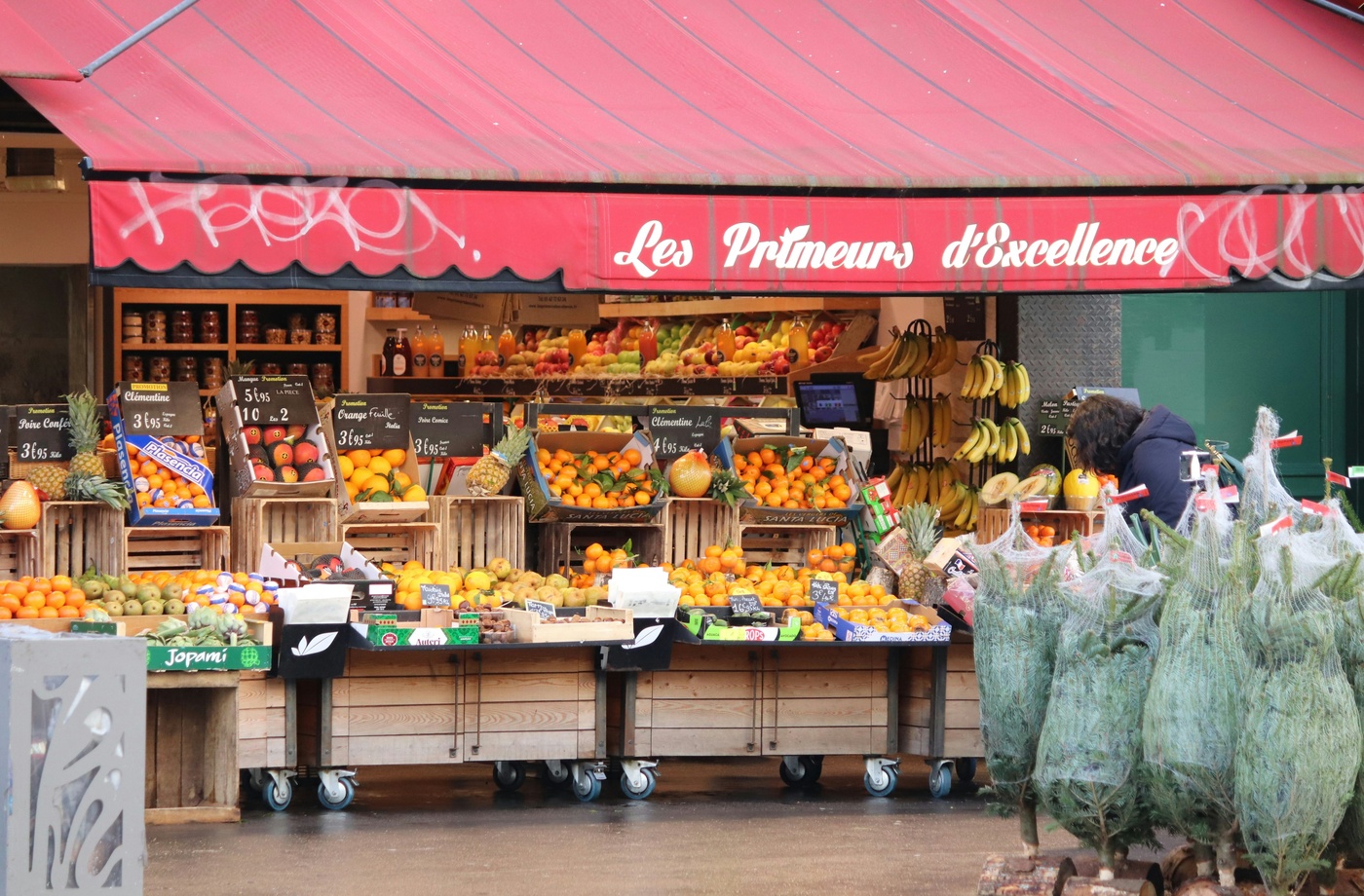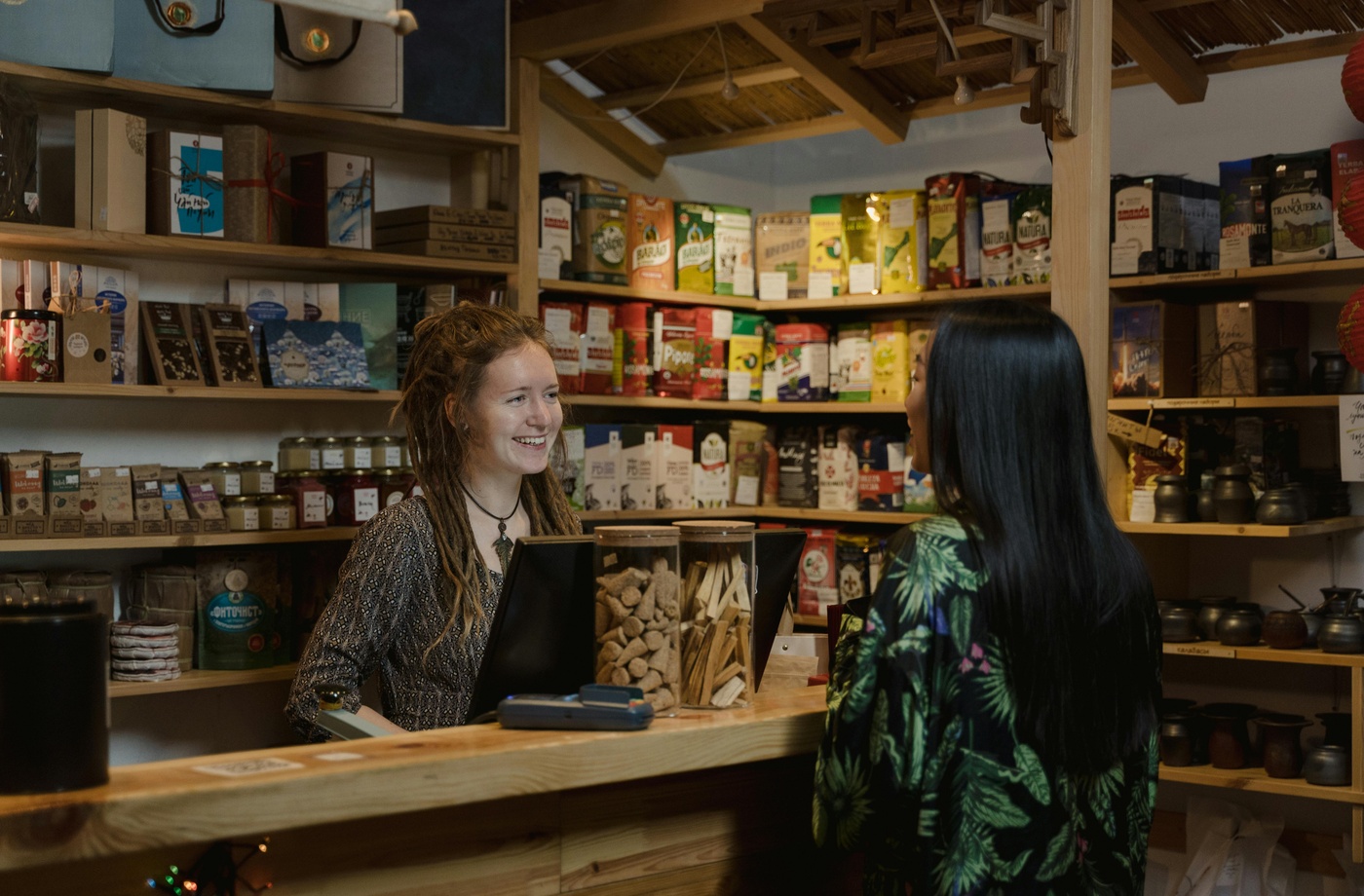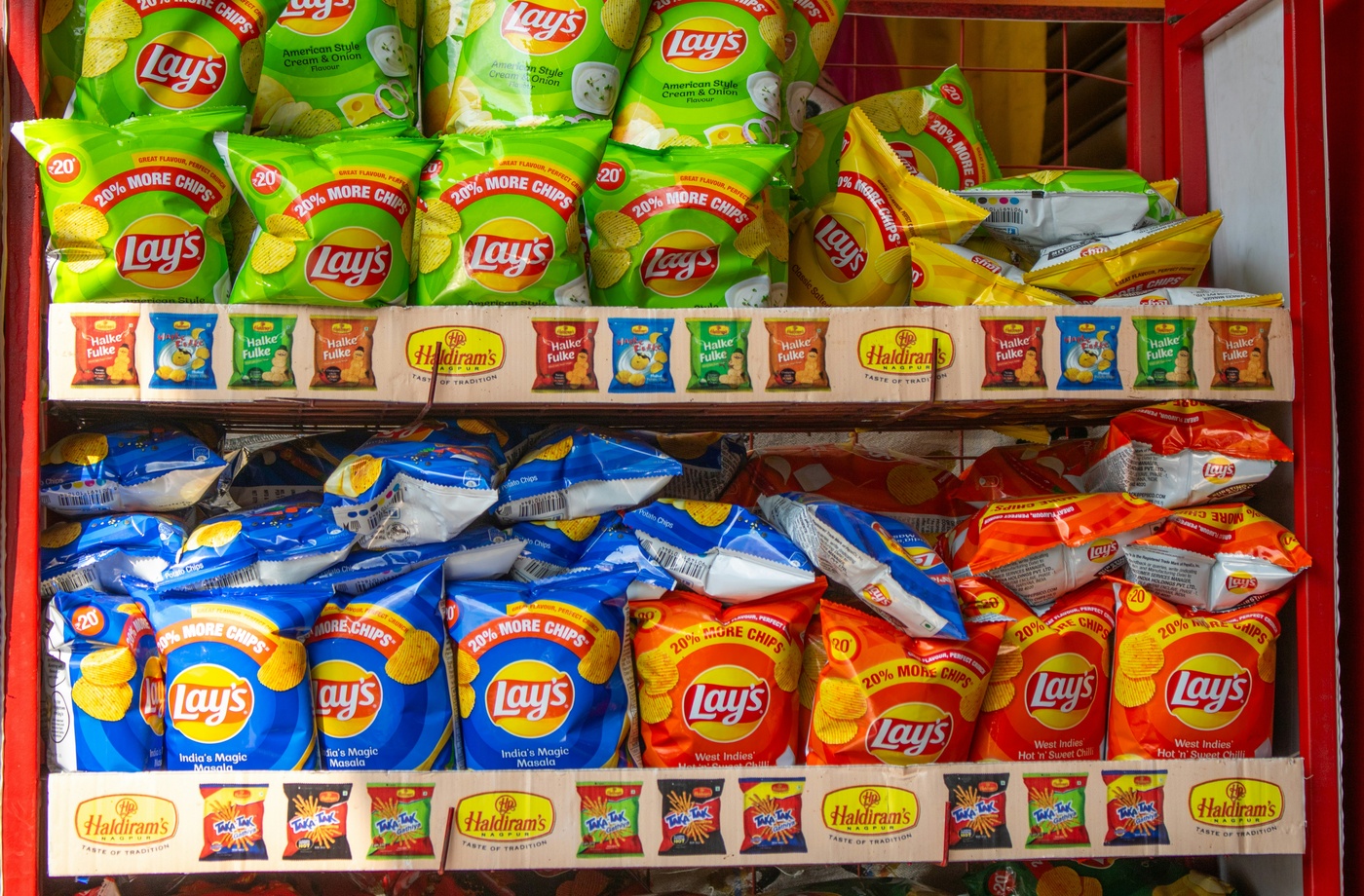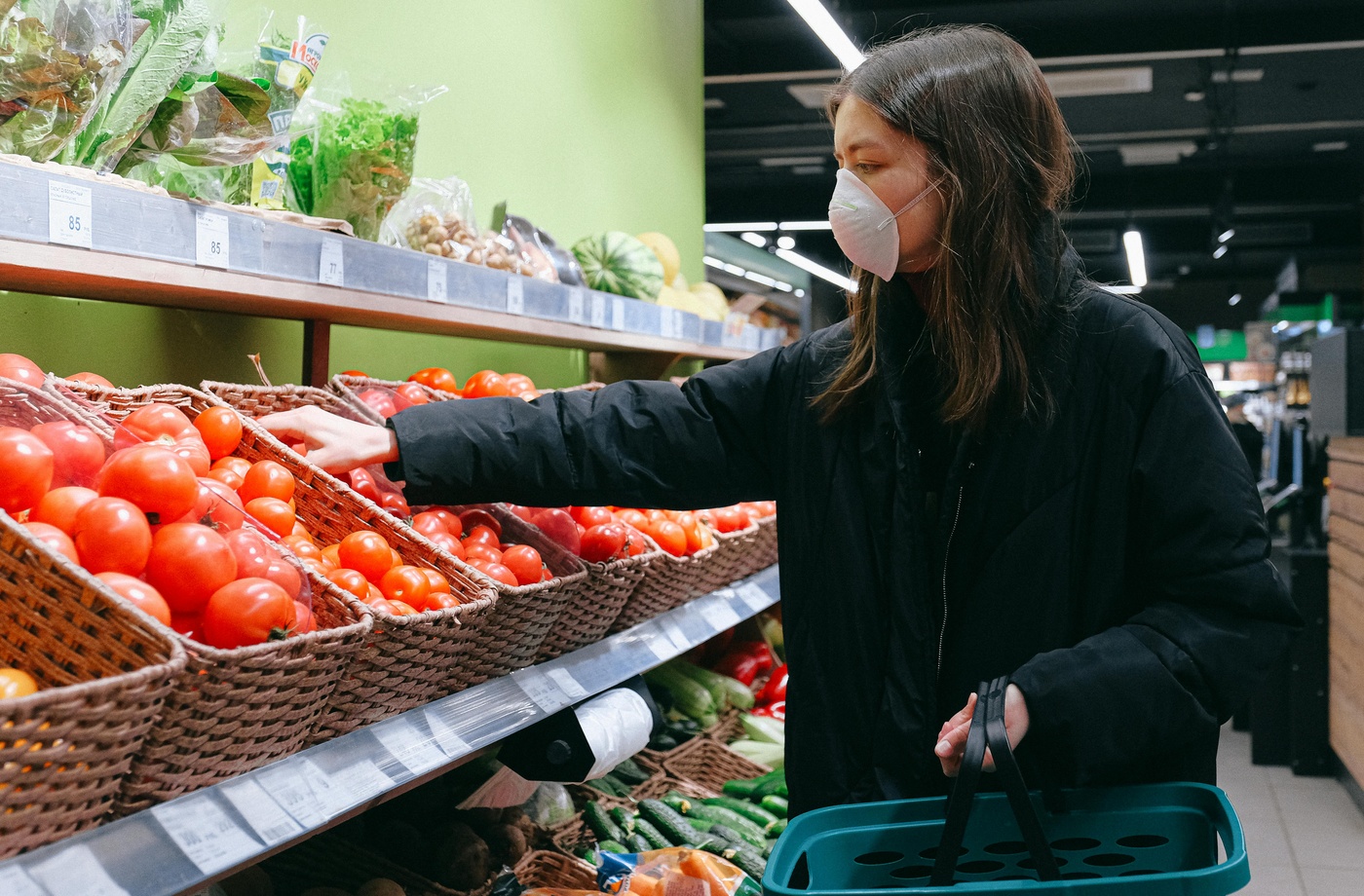Food waste is one of the most overlooked causes of unnecessary grocery spending. According to the USDA, the average American household wastes up to 30% of the food it buys. Much of that waste comes from forgotten produce, expired pantry goods, and leftovers that were never eaten. The solution? A well-organized kitchen that makes food easy to find, track, and use.
Here’s how to organize your fridge and pantry so you waste less, save more, and get the most from every grocery trip.
Step 1: Do a full audit before organizing
Before rearranging anything, pull everything out of your fridge and pantry. Toss expired or spoiled items and group everything by category (grains, canned goods, sauces, dairy, etc.). This gives you a clear picture of what you already have and helps prevent overbuying.
Step 2: Use the “first in, first out” method
To reduce waste, practice FIFO—First In, First Out. Store newer items behind older ones so that older products get used first. This is especially effective with canned goods, sauces, yogurt, and packaged snacks.
Use a labeling system (date markers or masking tape with dates) for leftovers and perishable pantry items.
Step 3: Store like with like
Grouping similar items together makes it easier to track inventory and use what you already have. Organize your pantry into zones such as:
- Grains and pasta
- Baking supplies
- Canned vegetables and beans
- Snacks and cereals
- Oils and condiments
In the fridge, create sections for:
- Produce (use clear bins or drawers)
- Dairy and eggs
- Meats (store on lower shelves to avoid drips)
- Leftovers and ready-to-eat meals
Step 4: Use clear storage containers
Transparent bins or jars help you see what’s available, prevent duplicate purchases, and keep shelves tidy. Airtight containers also extend the shelf life of dry goods like flour, rice, and oats. Label each container clearly to avoid confusion and track expiration dates.
Step 5: Keep a running inventory list
Maintain a simple list of pantry and fridge staples—either on paper or through apps like Out of Milk. Update it after each grocery run to avoid overbuying and to spot what’s running low before it’s gone.
Step 6: Designate an “Eat Me First” area
Create a special bin or shelf in both the fridge and pantry labeled “Eat Me First.” Fill it with items that are close to expiration or need to be used soon. This encourages smarter daily choices and reduces forgotten items.
Step 7: Don’t forget the freezer
The freezer is often a savings tool that goes underutilized. Label and date leftovers, cooked grains, sauces, and proteins. Store flat in freezer bags for space-saving storage. Try rotating frozen goods monthly to ensure nothing is buried and forgotten.
Bonus: pair organization with strategic shopping
Once your space is organized, it becomes much easier to build smart grocery lists and avoid duplicate purchases. Take it a step further by stacking your savings at checkout. For example, if you’re shopping at Safeway, you can get rewards with a Safeway gift card through Fluz and still use your loyalty deals and digital coupons.
For other participating grocery stores, check out the full Fluz store directory.



